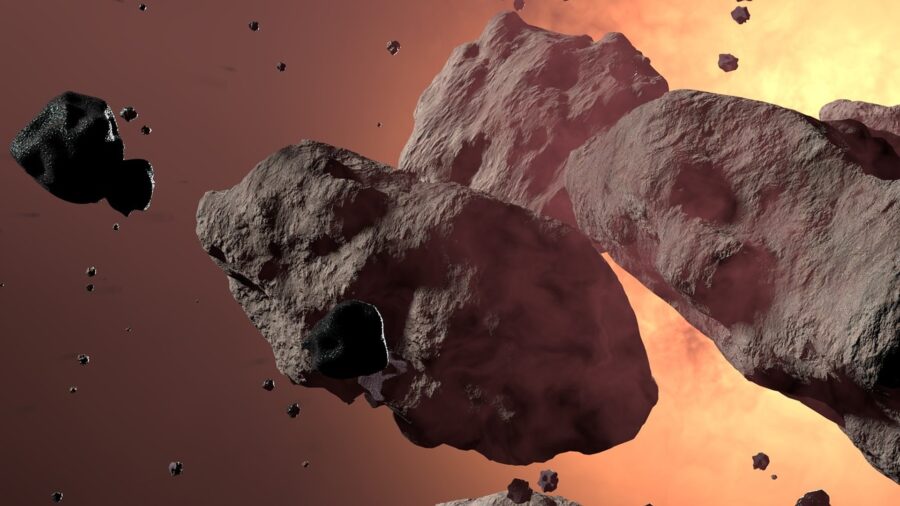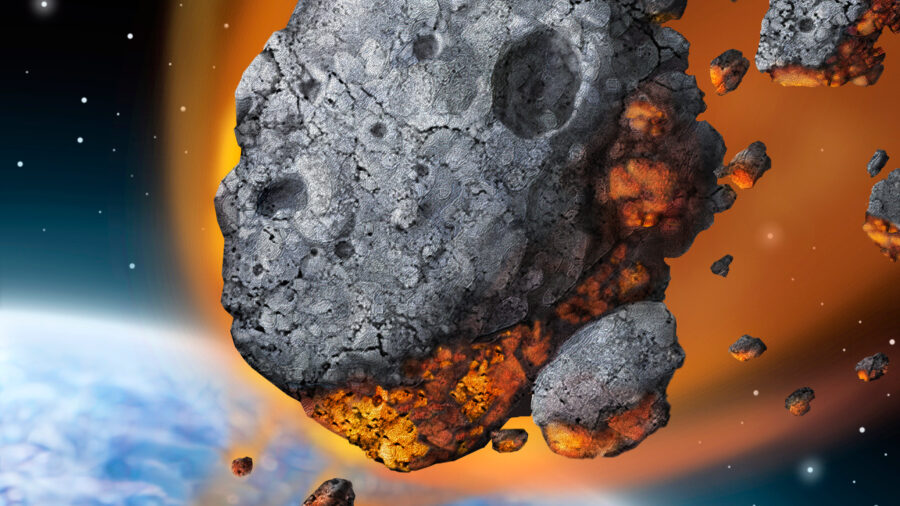Catapults Will Defend Earth From Asteroids

A team of researchers at The Aerospace Corporation, a California non-profit, is hard at work trying to defend Earth from asteroids by using electric catapults, according to Gizmodo. And no, this is not the plot of a Michael Bay movie, this is real life.
Asteroids can be a real threat to our planet, and this can be the safe, modern way to deflect smaller space rocks from hitting Earth and causing serious damage.
Nahum Melamed of The Aerospace Corporation wants to use electronic catapults to knock Earth-bound asteroids off course.
One might imagine a giant catapult that shoots rocks into outer space to blast the asteroids away from Earth, but that’s not what Nahum Melamed, the project leader from The Aerospace Corporation, has in mind. Instead, he is working with his team to create an asteroid deflection system that is a little less aggressive.
How The Plan Works
Their plan is to launch a suborbital accelerator into outer space so that it lands on an asteroid. The system would then latch on to the space rock and dig up small chunks of regolith (a layer of unconsolidated rocky material) and fling it away from the asteroid 20 pounds at a time.
After ejecting regolith for 1 to 2 kilometers per second over the course of a few weeks or months, this will change the trajectory of the asteroid, stopping it from hitting our planet.
This idea was inspired by SpinLaunch, a space technology company that created a similar catapult that is used to launch small satellites into space at a much faster and cheaper rate, and without the use of fuel. In October 2022, it successfully catapulted a NASA satellite into space after spinning it at 10,000 g’s and launching it off into orbit.
Project leader Melamed saw SpinLaunch’s 165-foot-tall suborbital accelerator in Spaceport America, New Mexico, and it made him realize that he could do something similar to help deflect asteroids from hitting Earth.

While large asteroids aren’t a common threat to our planet, it’s always good to prepare for the worst-case scenario. Ten years ago, an asteroid that was 62 feet (19 meters) across entered our planet’s atmosphere and broke apart over Chelyabinsk, Russia, causing injuries to over 1,000 people.
Sometimes these smaller space rocks are a bigger threat to our planet because they can pass through our inner Solar System more easily than large space rocks.
As it stands, NASA keeps a close eye on our planet by monitoring 28,000 space rocks, and none of them are set to collide with Earth.
Rather than catapulting objects directly into space, The Aerospace Corporation will begin with two years of trials in their lab.
Once they feel the system is ready, they will move on to phase two by testing it out on the Moon. The team will use the centrifugal system to throw pieces of regolith from the Moon into space, a true test of whether or not their idea will work in outer space.
Luckily, we shouldn’t have to worry about any dangerous asteroids for the next 100 years. As it stands, NASA keeps a close eye on our planet by monitoring 28,000 space rocks, and none of them are set to collide with Earth.
It’s always best to be prepared though, so it’s good that Melamed and his team are working hard on this new asteroid deflection system.












